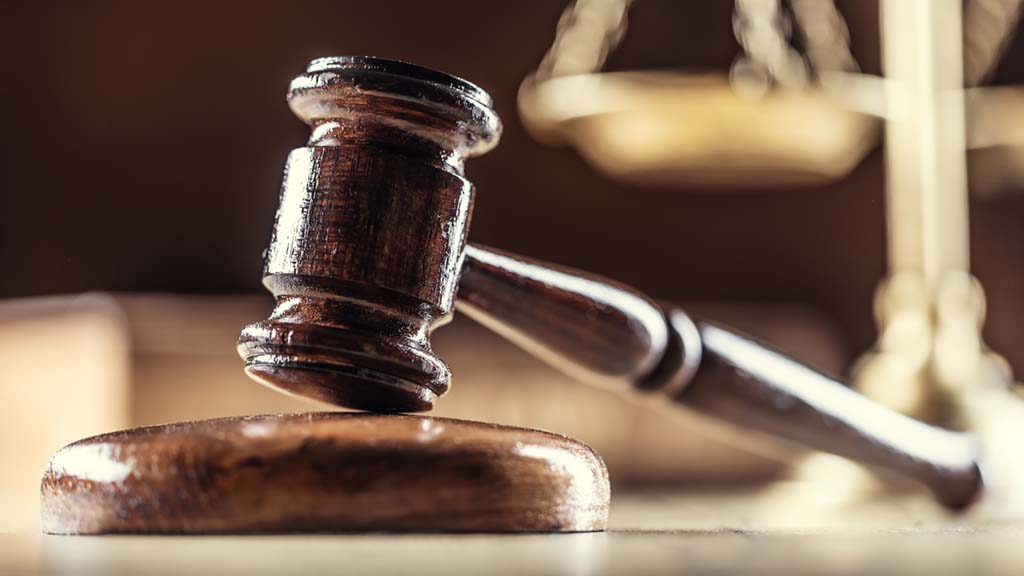UWB Devices May Cause Sat TV Interference
Concern about signals from ultra wide-band devices (UWB) causing interference to communications is not new. NTIA's Institute for Telecommunication Science (ITS) has a Web page devoted to UWB interference studies. The article Study: UWB could interfere with satellite TV on www.Commsday.com describes a study conducted by the Department of Electronic and Information Engineering at the Hong Kong Polytechnic University. The study was done for Hong Kong's Office of the Telecommunications Authority.
The study found a device located in the main beam of the satellite dish with 5 meters of the antenna caused unacceptable interference. Interference increased as more devices were turned on. Moving devices outside the main beam reduced interference, but it was still noticeable at close distances.
The study recommended establishing a "no UWB device" zone with a radius of at least 10 meters around the satellite antenna. It notes, however, that in the real world devices are likely to be used indoors and very unlikely to be operated in front of and close to a satellite antenna. UWB devices transmit in the 3 to 10 GHz range and the interference was observed with C-band satellite receive systems using the 3.4 to 4.2 GHz band.
Get the TV Tech Newsletter
The professional video industry's #1 source for news, trends and product and tech information. Sign up below.

Doug Lung is one of America's foremost authorities on broadcast RF technology. As vice president of Broadcast Technology for NBCUniversal Local, H. Douglas Lung leads NBC and Telemundo-owned stations’ RF and transmission affairs, including microwave, radars, satellite uplinks, and FCC technical filings. Beginning his career in 1976 at KSCI in Los Angeles, Lung has nearly 50 years of experience in broadcast television engineering. Beginning in 1985, he led the engineering department for what was to become the Telemundo network and station group, assisting in the design, construction and installation of the company’s broadcast and cable facilities. Other projects include work on the launch of Hawaii’s first UHF TV station, the rollout and testing of the ATSC mobile-handheld standard, and software development related to the incentive auction TV spectrum repack. A longtime columnist for TV Technology, Doug is also a regular contributor to IEEE Broadcast Technology. He is the recipient of the 2023 NAB Television Engineering Award. He also received a Tech Leadership Award from TV Tech publisher Future plc in 2021 and is a member of the IEEE Broadcast Technology Society and the Society of Broadcast Engineers.
